The Best Goldmound Spirea Companion Plants
Title: The Best Goldmound Spirea Companion Plants
Introduction:
Goldmound spirea is a beautiful shrub that is known for its delicate pink flowers and golden foliage. It is a low-maintenance plant that is easy to grow, making it a popular choice for home gardens. However, goldmound spirea can look even better when it is planted with companion plants.
Main Content:
There are many different companion plants that can be paired with goldmound spirea. Some of the best options include:
- Ornamental grasses: Ornamental grasses add height and interest to the garden, and they can also help to provide a backdrop for the goldmound spirea's flowers. Some good options include blue grama, maiden grass, and muhly grass.



- Sedum: Sedums are succulent plants that come in a variety of colors, including pink, purple, and yellow. They are low-maintenance and drought-tolerant, making them a good choice for gardens in hot, dry climates.

- Dianthus: Dianthus are known for their sweet-scented flowers. They come in a variety of colors, including pink, white, and red. Dianthus are easy to grow and they will bloom for several weeks.

- Junipers: Junipers are evergreen shrubs that add structure and interest to the garden. They come in a variety of sizes and shapes, so you can choose one that will complement the goldmound spirea.
- Hollies: Hollies are evergreen shrubs that are known for their dark green foliage. They are also thorny, which can help to deter deer and rabbits.

- Coral bells: Coral bells are perennials that have colorful foliage. They come in a variety of colors, including pink, red, and purple. Coral bells are easy to grow and they will bloom for several weeks.
- Russian sage: Russian sage is a tall, upright shrub that has blue flowers. It is a good choice for gardens that get full sun.
Conclusion:
These are just a few of the many different companion plants that can be paired with goldmound spirea. When choosing companion plants, it is important to consider the size, color, and texture of the plants. You also want to make sure that the plants have similar water and sunlight requirements.
By carefully selecting companion plants, you can create a beautiful and harmonious garden that will be the envy of your neighbors.
Goldmound spirea is a beautiful shrub that can add a touch of color to any garden. But what plants can you pair it with to create a truly stunning landscape?
Here are some of the best companion plants for goldmound spirea:
- Ornamental grasses: These grasses add height and texture to the landscape, and they can also help to fill in any gaps between the spirea shrubs.
- Sedums: These succulents are drought-tolerant and low-maintenance, making them a great choice for busy gardeners.
- Dianthus: These fragrant flowers come in a variety of colors, so you can find the perfect ones to complement the goldmound spirea.
- Junipers: These evergreen shrubs add year-round interest to the landscape, and they can also help to screen out unsightly views.
- Hollies: These hardy shrubs are resistant to deer and other pests, making them a good choice for gardens in areas with wildlife problems.
For more information about goldmound spirea companion plants, please visit Home Gardening.
FAQ of goldmound spirea companion plants
- What are some good companion plants for goldmound spirea?
Some good companion plants for goldmound spirea include:
Ornamental grasses: These add height and texture to the garden, and their different colors can provide a striking contrast to the gold foliage of the spirea.
Sedums: These succulent plants are drought-tolerant and low-maintenance, making them a good choice for companion plants. They also come in a variety of colors, which can add interest to the garden.
Dianthus: These fragrant flowers add a pop of color to the garden, and they attract butterflies and other pollinators.
Junipers: These evergreen shrubs provide year-round interest, and their dark foliage can provide a nice contrast to the gold of the spirea.
Hollies: These evergreen shrubs are also tolerant of shade, making them a good choice for companion plants in shady areas.
Coral bells: These colorful perennials add a splash of color to the garden, and they come in a variety of colors, including red, pink, and purple.
Russian sage: This tall, airy perennial adds height and texture to the garden, and its blue flowers bloom in late summer.
What are the benefits of companion planting with goldmound spirea?
There are many benefits to companion planting with goldmound spirea, including:
Improved plant health: Companion plants can help to attract beneficial insects, which can help to control pests and diseases. They can also help to improve the soil quality, which can benefit the spirea plant.
Increased pollination: Companion plants that attract pollinators, such as bees and butterflies, can help to increase pollination of the spirea flowers. This can lead to a more abundant harvest of seeds and fruits.
Enhanced beauty: Companion plants can add beauty and interest to the garden, and they can help to create a more balanced and harmonious landscape.
How do I choose the right companion plants for goldmound spirea?
When choosing companion plants for goldmound spirea, it is important to consider the following factors:
- The size and growth habit of the plants: The companion plants should be compatible with the size and growth habit of the spirea plant. For example, you would not want to plant a large, aggressive plant next to a small, delicate spirea.
- The sun and shade requirements of the plants: The companion plants should have similar sun and shade requirements as the spirea plant. For example, you would not want to plant a shade-loving plant next to a sun-loving spirea.
- The water and soil requirements of the plants: The companion plants should have similar water and soil requirements as the spirea plant. For example, you would not want to plant a drought-tolerant plant next to a moisture-loving spirea.
- The color and texture of the plants: The companion plants should complement the color and texture of the spirea plant. For example, you might want to plant a dark green plant next to a gold spirea to create a contrast.
Image of goldmound spirea companion plants
- Butterfly bush (Buddleia davidii): This tall, airy shrub is a magnet for butterflies and other pollinators. It blooms in shades of purple, blue, pink, and white.

- Columbine (Aquilegia): This delicate wildflower has blue, pink, or white flowers with long, drooping spurs. It blooms in early summer.
- Hydrangea (Hydrangea macrophylla): This large shrub or small tree is known for its big, showy blooms. Hydrangeas come in a variety of colors, including blue, pink, and white.

- Clematis (Clematis): This vining plant is known for its beautiful flowers that bloom in a variety of colors, including blue, pink, purple, and white.
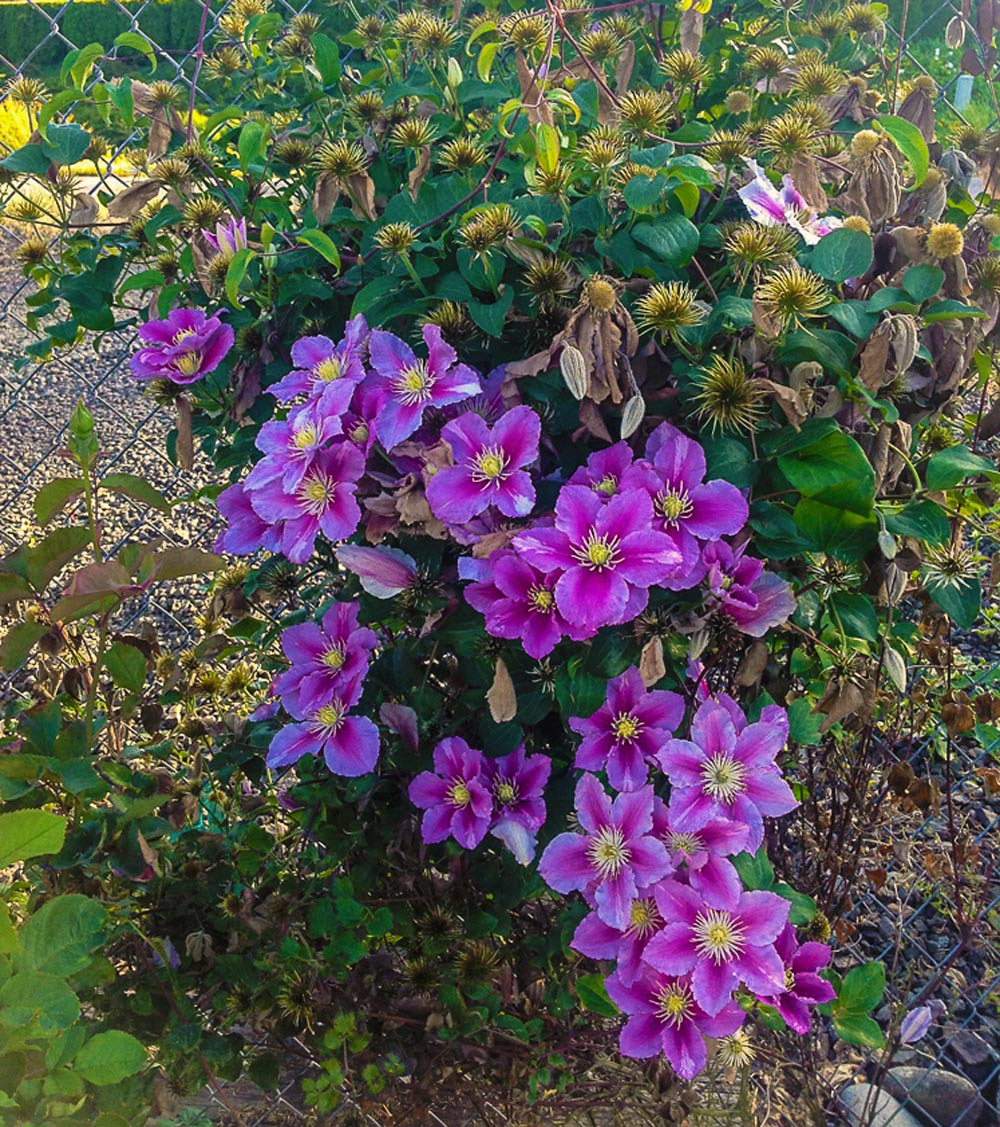
- Mint (Mentha): This fragrant herb is a good choice for companion planting because it deters pests. Mint comes in a variety of flavors, including spearmint, peppermint, and chocolate mint.
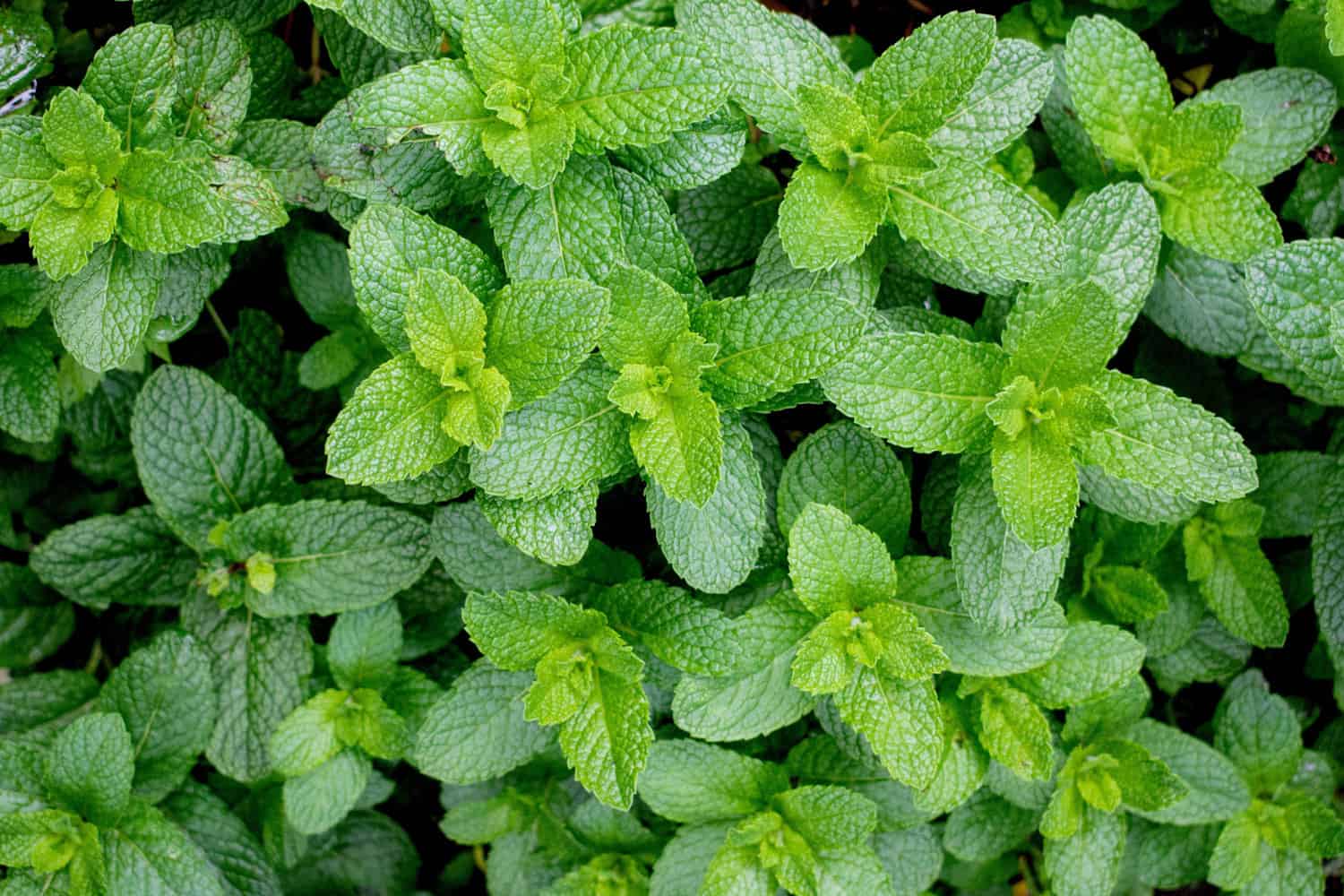
- Oregano (Origanum vulgare): This hardy herb is a good choice for companion planting because it attracts pollinators. Oregano is a key ingredient in Italian cuisine.
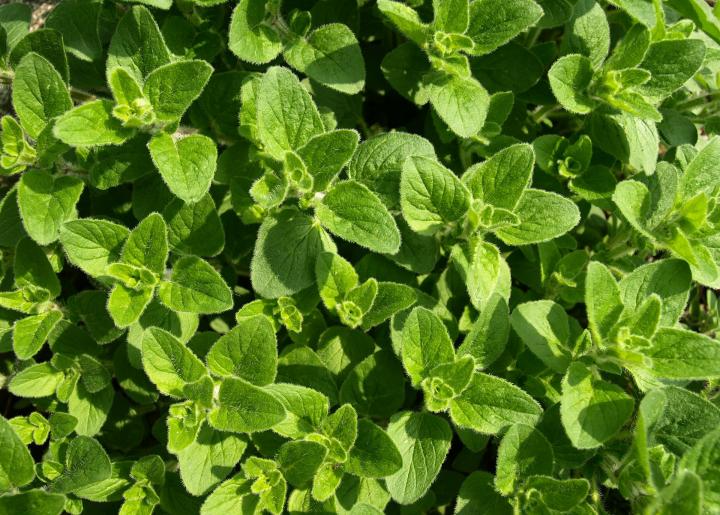
- Chives (Allium schoenoprasum): This edible herb is a good choice for companion planting because it repels pests. Chives are a member of the onion family and have a mild onion flavor.
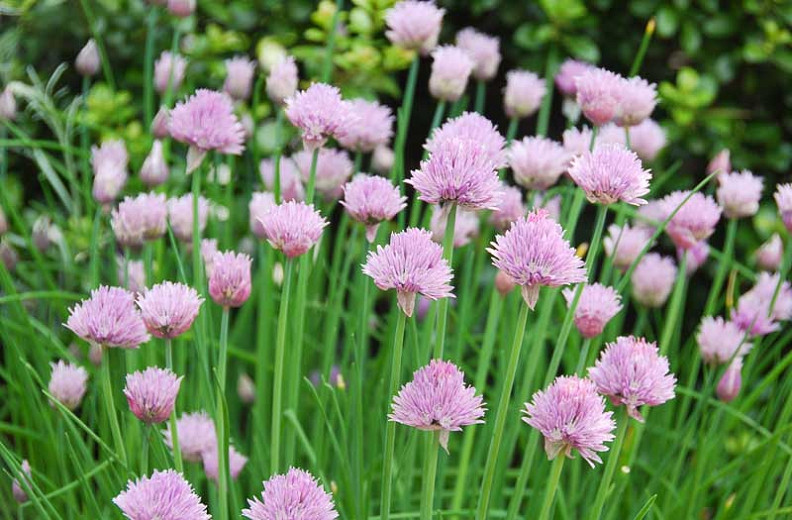
- Eggplant (Solanum melongena): This vegetable is a good choice for companion planting because it benefits from the shade of spireas. Eggplant is a member of the nightshade family and is native to India.
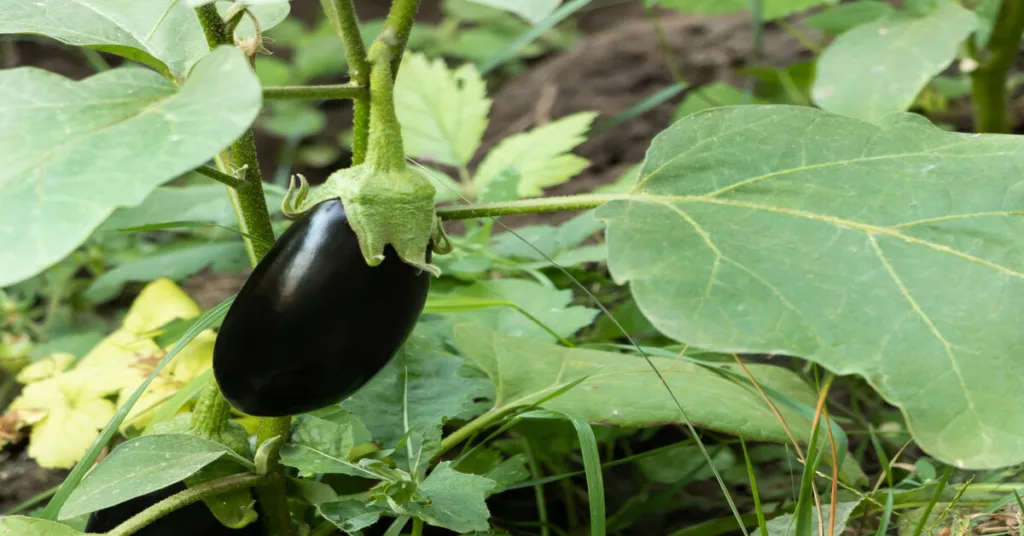
- Blueberries (Vaccinium corymbosum): This berry bush is a good choice for companion planting because it benefits from the nitrogen-fixing properties of spireas. Blueberries are a good source of antioxidants and vitamins.

- Daylily (Hemerocallis): This perennial flower blooms for a long period of time, from early summer to late fall. Daylilies come in a variety of colors, including yellow, orange, red, and pink.


Post a Comment for "The Best Goldmound Spirea Companion Plants"